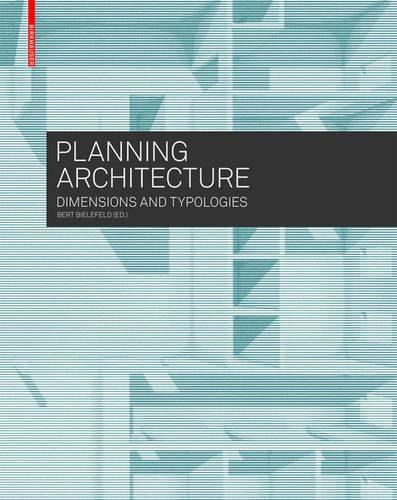Readings Newsletter
Become a Readings Member to make your shopping experience even easier.
Sign in or sign up for free!
You’re not far away from qualifying for FREE standard shipping within Australia
You’ve qualified for FREE standard shipping within Australia
The cart is loading…






In formulating a design concept into a viable plan, architects oscillate constantly between two planes of observation: the actual design task in the context of planning typologies such as residential buildings, office buildings, museum, or airport, and the individual room, meaning the kitchen, office, classroom, sanitary rooms, storage rooms, and so on.
Planning Architecture offers architects and students a thought-out planning tool, in which two main sections reciprocally complement one another: the spaces and the typologies between which the planner can flexibly oscillate depending on his or her plane of observation. All relevant planning information is presented in a detailed clear fashion, and in context.
These two sections are flanked by an introductory chapter explaining the basis and framework for typological design, as well as a reference section at the end of the book that clearly lists general dimensions and units, regulations and standards.
$9.00 standard shipping within Australia
FREE standard shipping within Australia for orders over $100.00
Express & International shipping calculated at checkout
In formulating a design concept into a viable plan, architects oscillate constantly between two planes of observation: the actual design task in the context of planning typologies such as residential buildings, office buildings, museum, or airport, and the individual room, meaning the kitchen, office, classroom, sanitary rooms, storage rooms, and so on.
Planning Architecture offers architects and students a thought-out planning tool, in which two main sections reciprocally complement one another: the spaces and the typologies between which the planner can flexibly oscillate depending on his or her plane of observation. All relevant planning information is presented in a detailed clear fashion, and in context.
These two sections are flanked by an introductory chapter explaining the basis and framework for typological design, as well as a reference section at the end of the book that clearly lists general dimensions and units, regulations and standards.